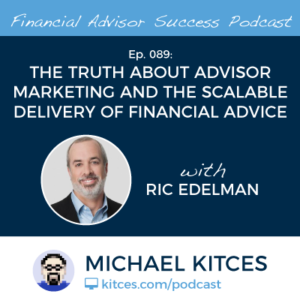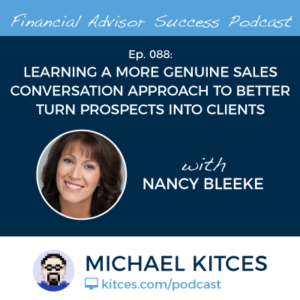In addition to having unique income-plus-appreciation-potential investment characteristics as an asset class unto itself, one of the primary benefits of directly investing in real estate is its favorable tax treatment, where capital gains are deferred until sold (and potentially further deferred with a 1031 exchange), and ongoing rental income can be at least partially offset by depreciation deductions.
In December of 2017, the Tax Cuts and Jobs Act further extended the benefits of investing in real estate by introducing a new “qualified business income” (QBI) deduction under IRC Section 199A that further reduces net rental real estate income by up to 20%.
The caveat, however, is that recent Treasury Regulations have clarified that not all direct real estate investing will actually qualify for the Section 199A deduction. Instead, investors must be able to demonstrate that they are operating a real estate “business” in order to qualify and show that either they personally, or other employees of the business, are spending a substantial amount of time actually engaged with the real estate (to differentiate a business from a mere real estate “investment” instead).
Furthermore, the QBI deduction for real estate investors may be further limited by the so-called “wage-and-depreciable property” test, which for high-income taxpayers (married couples filing joint returns with taxable income above $315,000, and taxable income above $157,500 for all other filers) typically partially or fully caps the maximum deduction at 2.5% of the original (i.e., “unadjusted”) basis of the property, plus 25% of the wages paid to employees in the business.
Nonetheless, the opportunity to deduct 20% of a real estate business’s net income provides substantial potential tax savings, making direct real estate investing even more appealing. Especially since, for those truly engaged in a real estate business with multiple properties, aggregation rules make it possible to group real estate investments together in a manner that at least eases the challenges of navigating the wage-and-depreciable-property test in the first place!

 Welcome back to the 89th episode of the Financial Advisor Success podcast!
Welcome back to the 89th episode of the Financial Advisor Success podcast! Welcome back to the 88th episode of the Financial Advisor Success podcast!
Welcome back to the 88th episode of the Financial Advisor Success podcast!
